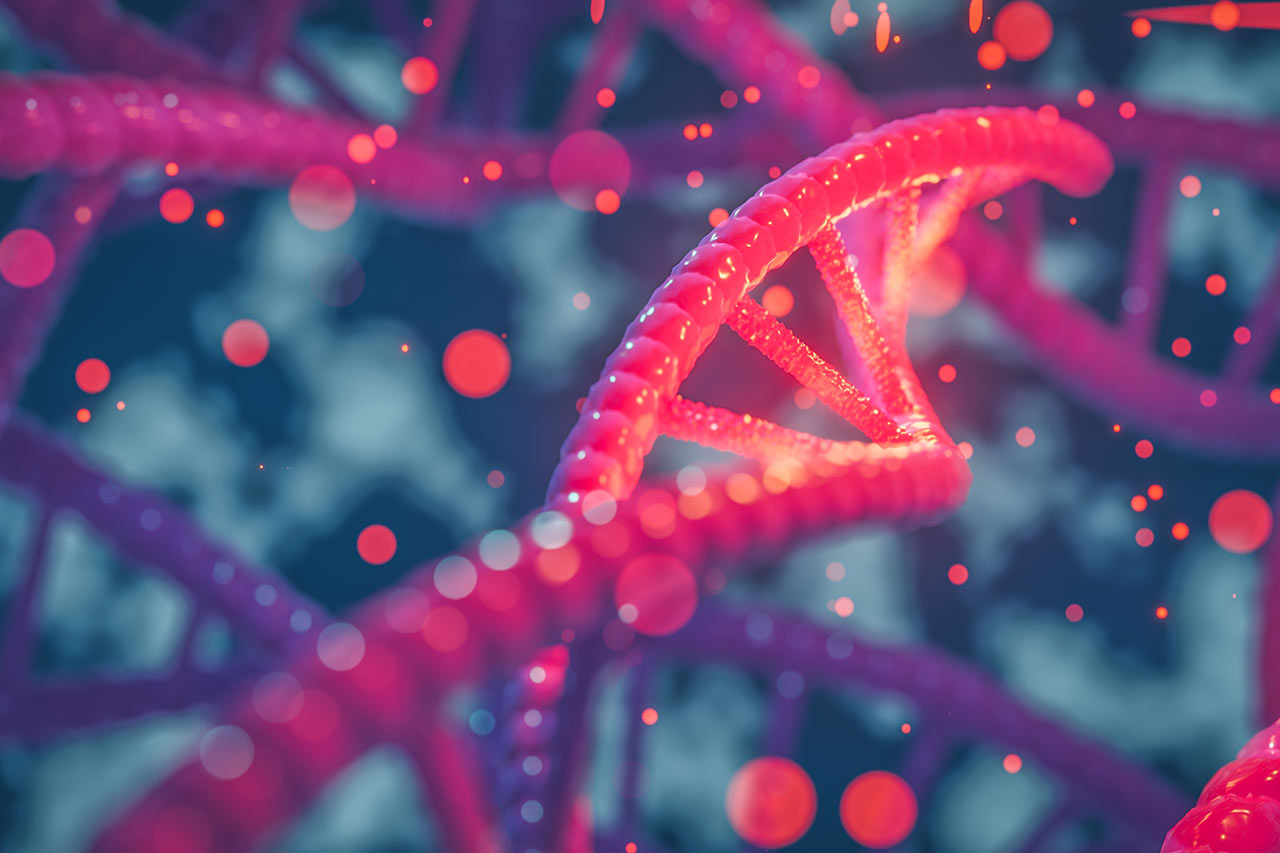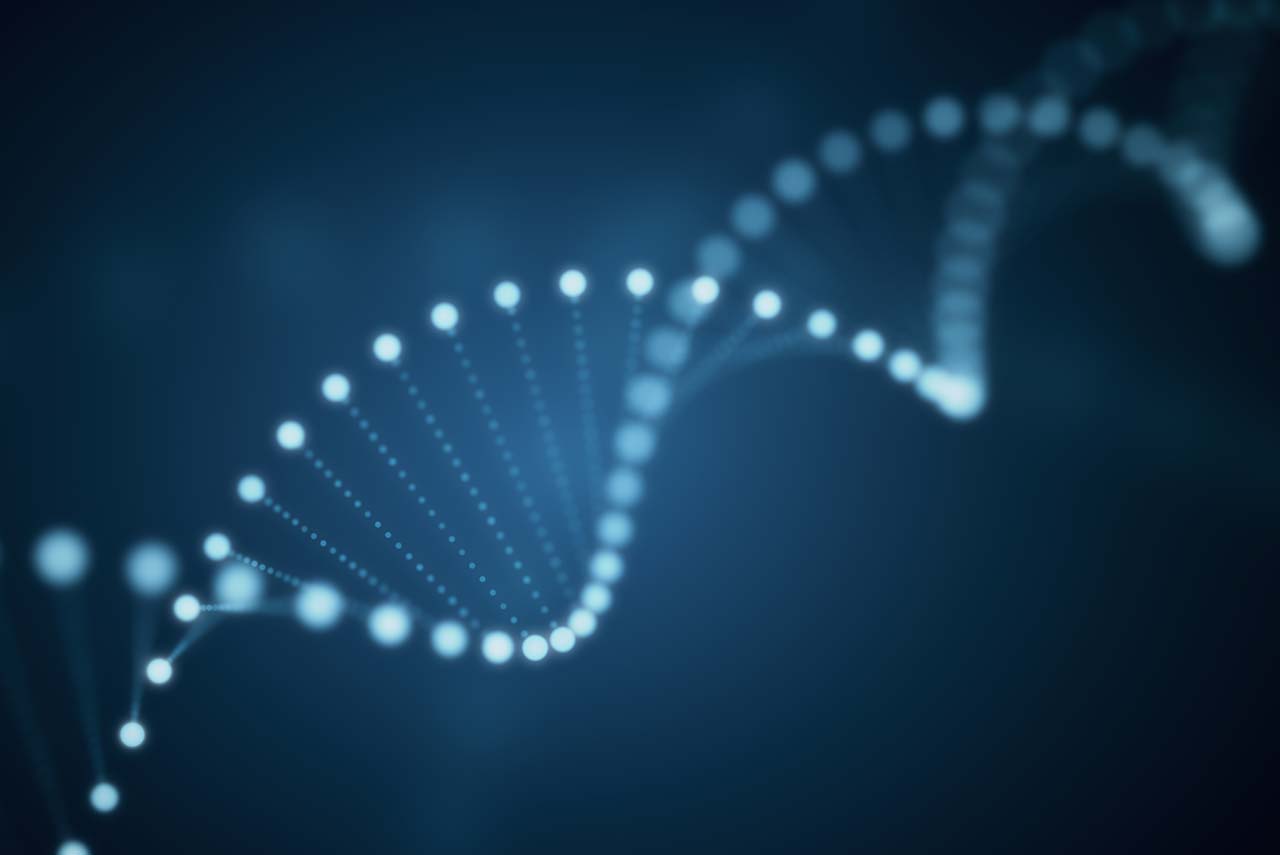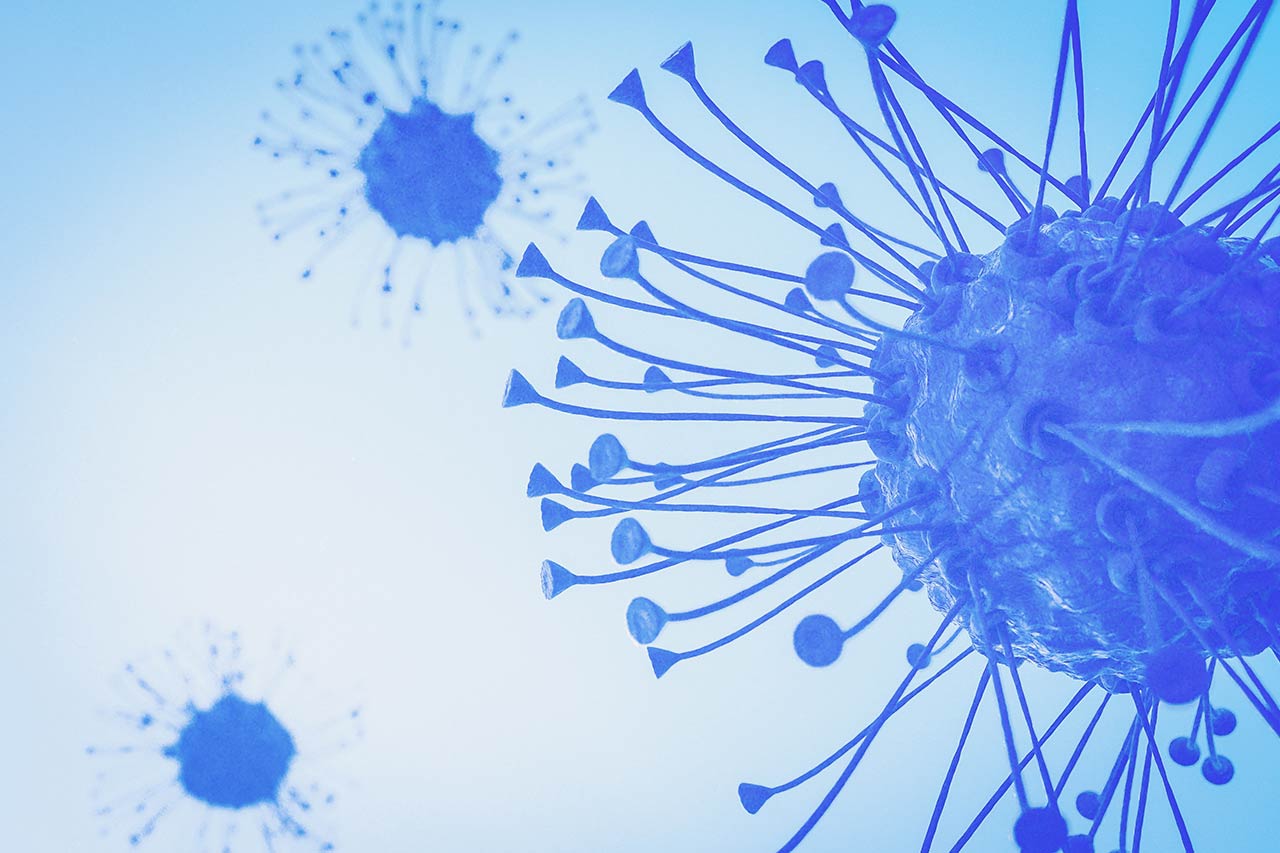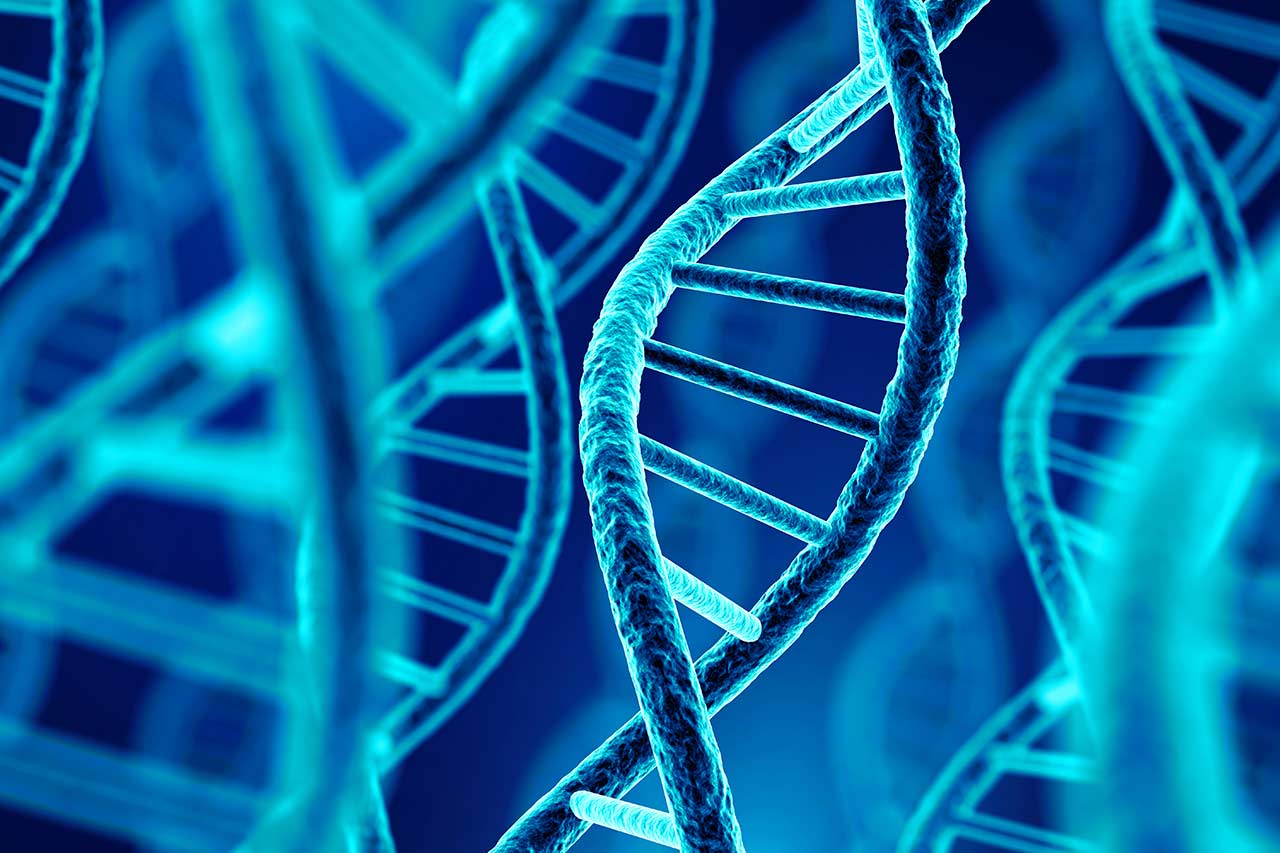CRISPR: a revolution for genetic engineering
CRISPR stands for Clustered Regularly Interspaced Short Palindromic Repeats. It can be seen as a search, cut and paste tool for DNA. How does it work? We are made of billions of cells (3.72 x 10^13 cells). Each of our cells contains in its nucleus our DNA that we inherited from our parents. DNA is a double-stranded helix molecule made of sugars, phosphates and specific molecules that bind the two strains together. These molecules are of 4 types: A, T, G, C, and their combinations allow the cell to build proteins that form organs and organisms. Deletion, insertion or modification of specific pieces of this sequence of letters is called genome editing. CRISPR is a robust molecular tool that can virtually edit DNA in any part of the genome.
From immunity to HIV to uncontrolled “off-target” effects: the complex therapeutic use of CRISPR
He Jiankue and his team used the CCR5 gene as a target for using CRISPR in embryos. There is a specific mutation of the CCR5 gene (CCR5 D32) that makes CD4 cells immune to HIV infection. Therefore, their objective was supposedly to make the team supposedly wanted to make the children immune to HIV thanks to CRISPR. The results from He Jiankue received strong pushback from the medical and scientific community, claiming that it was too early to edit germlines with CRISPR as it could disrupt the “operational instructions for a human being”. Why?
1. Germline editing such as embryo modification will be passed to the next generations through sperm and eggs. Lulu and Nana now carry variants never found in nature and whose consequences on the rest of their phenotype is unknown.
2. HIV has been seen as an unwarranted application of CRISPR since there are many alternatives (from sperm washing to ARV therapy) which allow a correct control of the viral load and disease. Furthermore, the CCR5 gene is also related to altered brain function (based on results in mice).
3. The CRISPR tool is 8 years old. The risk of “off-target” effects (cutting and pasting errors) is real and can lead to unexpected manifestations in the genome. In the case of Lulu and Nana, published results show potential cell mosaicism (some cells have the CCR5 mutation, some don’t).
CRISPR and future perspectives
The use of CRISPR for germline editing bears with it the marks of debated “positive eugenics”, with a noble intent: to use engineering tools to eradicate diseases with clearly identified genetic markers. The works of He Jiankue caused a big bang. But they are essential for the renewal of complex questions on the interface of ethics, philosophy, religion along with biology, medicine and data science. While Jennifer Doudna, a scientist whose work was fundamental to the emergence of CRISPR, warns [1] about the proper use of such technology, these questions remain burning and unresolved.
About the author
Benjamin, Digital Health Great Explorer, Alcimed Life Sciences Lyon Office
[1] The promise and challenge of therapeutic genome editing, Jennifer A Doudna, Nature Feb 2020



